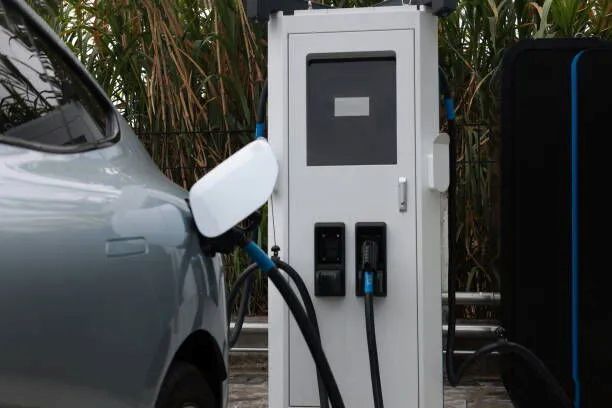


Understanding DC EV Charging Piles: The Future of Fast Electric Vehicle Charging
Understanding DC EV Charging Piles: The Future of Fast Electric Vehicle Charging
As electric vehicles (EVs) continue to gain momentum worldwide, the infrastructure supporting them must evolve rapidly. A critical component of this ecosystem is the DC EV charging pile, a high-powered charging solution designed to dramatically reduce the time needed to recharge an EV battery. Unlike common AC chargers used primarily at home, DC charging piles are built for public and commercial settings where rapid charging is essential.
This article explores what DC EV charging piles are, how they work, their key components, advantages, applications, and emerging trends shaping their future.
A DC EV charging pile is a dedicated unit that supplies direct current (DC) electricity directly to an EV’s battery. Unlike AC chargers, which deliver alternating current and rely on the vehicle’s onboard charger to convert it to DC, DC chargers handle the conversion externally. This enables them to provide much higher voltages and currents, facilitating significantly faster charging.
DC charging piles are commonly installed at highway service areas, commercial centers, urban charging hubs, and fleet depots. They are crucial for drivers needing quick recharges during long trips or for fleet operators requiring high vehicle availability.
A DC charging system integrates hardware and software to safely transfer high-power electricity from the grid to the vehicle. Its main components include:
Charging Pile (Hardware Interface): This is the physical unit with connectors (such as CCS, CHAdeMO, or GB/T), displays, and payment interfaces that users interact with. It supplies high-voltage DC power to the EV.
Power Conversion and Control Unit: Converts grid AC power into the DC power required by the vehicle’s battery. This involves rectifiers, transformers, and advanced power electronics. The control system regulates voltage and current, ensuring efficient, safe charging with real-time diagnostics.
Communication and Monitoring System: Uses protocols like ISO 15118 and OCPP to enable smart communication between the charger and the EV. This ensures power delivery matches battery needs, facilitates user authentication, billing, and allows remote operator monitoring and firmware updates.
While often used interchangeably, these terms differ:
Charging Pile: A single charging unit delivering power to one vehicle.
Charging Station: A facility containing multiple charging piles, often with additional amenities like rest areas or convenience stores.
In short, a station hosts multiple piles and manages broader services.
Ultra-Fast Charging: With power outputs from 50 kW to over 350 kW, DC chargers can charge a battery to 80% in as little as 15–30 minutes, reducing range anxiety.
User-Friendly Experience: Intuitive interfaces, real-time updates, and integrated payments via apps, RFID, or QR codes simplify charging.
Smart Energy Management: Features like load balancing, peak shaving, and renewable energy integration improve sustainability and grid impact.
Revenue Generation: Operators benefit from charging fees and digital advertising, turning charging infrastructure into profitable assets.
Highway Service Areas: Quick stops for long-distance travelers.
Urban Charging Hubs: Serving dense city EV populations.
Fleet Operations: Supporting logistics, taxis, and ride-hailing.
Retail and Hospitality: Attracting customers with fast charging.
Public Transport Depots: Ensuring timely electric bus operations.
Wide voltage compatibility (150–1000 V)
Multi-connector support (CCS1, CCS2, CHAdeMO, GB/T)
Dynamic power distribution for multiple vehicles
High IP ratings for weather resistance
Comprehensive safety protections (overvoltage, leakage, emergency stop)
High upfront installation costs and grid upgrade needs
Grid load management complexities
Compatibility with all EV models
Maintenance and operational reliability
Integration with solar and energy storage for greener charging
Vehicle-to-Grid (V2G) enabling two-way energy flow
Modular designs for scalability and easier upkeep
AI-driven optimization of charging and maintenance
Government incentives accelerating deployment
DC EV charging piles are pivotal to the electric mobility revolution, enabling fast, reliable, and convenient charging for drivers and fleets alike. As technology advances and infrastructure expands, these charging solutions will be key to driving sustainable transportation forward.
Whether you’re an EV driver, operator, or business stakeholder, understanding DC charging technology is essential to embracing the future of clean mobility.Know more about Google SEO Directory
